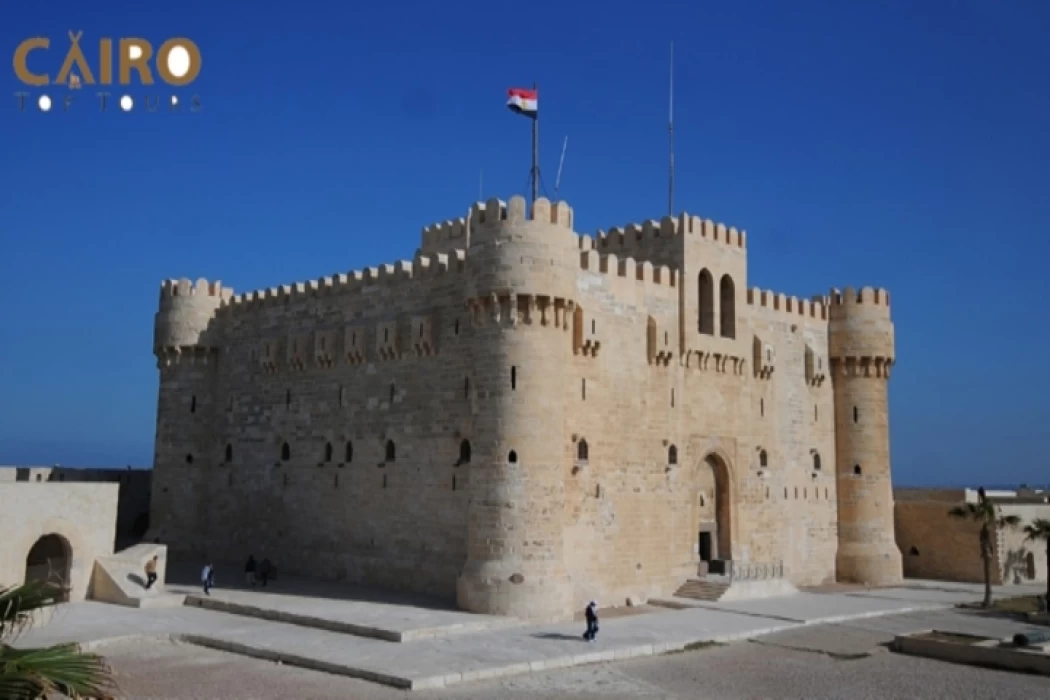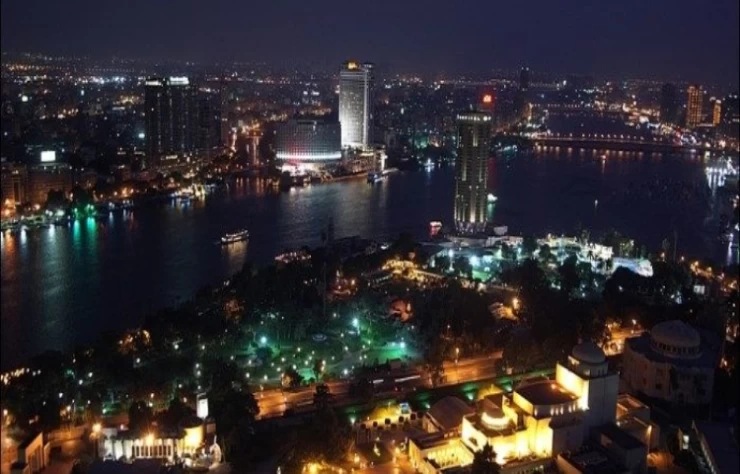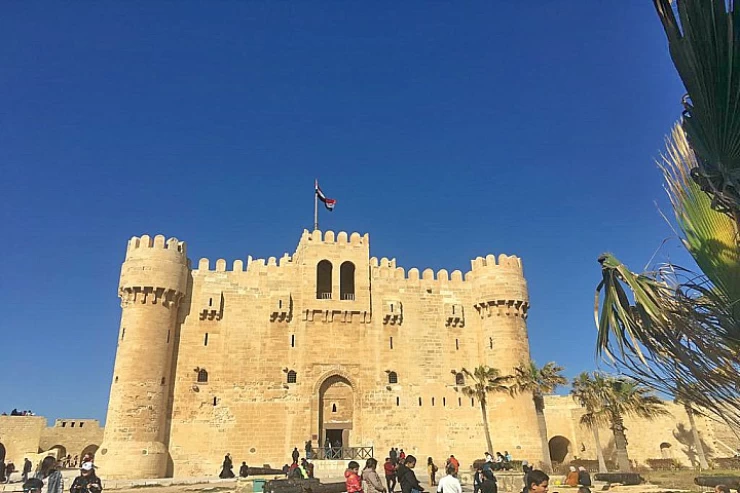
The Citadel of Qaitbey
The Citadel of Qaitbey
The Citadel of Qaitbey was built in the 15th century on Pharos island, where the Pharos Lighthouse of Alexandria stood. It was built on the ruins of the ancient Lighthouse of Alexandria, which is a unique location overlooking the Port of Alexandria.
Sultan al-Ashraf Abu al-Nasr Qaytbay began the construction of this castle in the year 882 AH in the place of the ancient lighthouse of Alexandria, which was destroyed after the devastating earthquake that occurred in the year 702 AH during the reign of Sultan al-Nasir Muhammad ibn Qalawun.
Qaitbey Citadel
Some of Citadel of Qaitbay facts that in 1480 the great Mamluk sultan Qaitbey started to use solid stones to establish his fortress for defense against the Ottomans; it suffered from the heavy naval attack by the British armies, after which it was largely rebuilt again. It houses a small naval museum inside it. The citadel of Qaitbey had a very important role during the British occupation of Egypt as the British soldiers came through the Mediterranean Sea and the Egyptians defended the country from the citadel against the British navy in the 19th century.
Things to do in Alexandria
To enter, you will have to go through a door built from large granite parts, most probably obtained from the ancient lighthouse. Inside, on three floors, it is possible to appreciate numerous artifacts and aquatic finds, including some objects belonging to Napoleon's fleet that sank in Alexandria's enlargement with an extraordinary naval strategist by Admiral Nelson in 1798.
A big part of the fortress was used as a mosque, and for four centuries the walls were dominated by the minaret until it was destroyed by the English navy. It is considered the oldest mosque ever built in Alexandria, but it is no longer in use. Dear visitors, Egypt is a land that has shaped the world through its history.
A Tour of the Citadel: Culture, Arts, and Navy
Currently, the citadel of Qaitbey provides its tourists and visitors with an insight into the military and navy history of Egypt. Within the confines of the fortress, a wide array of objects and water-transportation antiques can be found, including the Mural of Napoleon’s Navy. It was in the year 1798 that French Emperor Napoleon Bonaparte entered Alexandria with a plan aimed at the adjacent Shabaka, Egypt. The plan, it is said, was geared towards suppressing British strength very much like a juggernaut that would soon crush all Britons in a campaign. However, with the brilliance of Admiral Nelson's naval strategies, most of what was left of Napoleon’s power at sea, the West and East Indies fleets, was destroyed. And within the walls of the citadel are the relics of such wars, which contribute more to the excitement of the respective history.
Reasons for Traveling to the Citadel of Qaitbey
The Citadel of Qaitbey isn’t simply a tourist destination; rather, it serves an essential purpose—that of taking one into the very heart of Alexandria itself. When you are present at this moment, you are surrounded by histories that go as far back as the ancient migrations, the civilizations of the Mediterranean empires, the towers of medieval sultans, and up to the present use of the site for military conflicts—all wars that have taken place seeking this specific power even during the cold war periods. The settlements, the objects, and the sights in every direction portray a picture of a metropolis that has ever been a melting pot of religions and dominations.
The Citadel of Qaitbey is not only a fortified structure; it is a living building, a personification of the importance of Alexandria, the capital of power, science, and defiance. Anyone interested in the history of this majestic citadel cannot help but emerge imbued with a desire to know more about this incredible land and the timeless beauty and might of Egypt within itself—an exploration of history and cultures that could never be forgone.


















